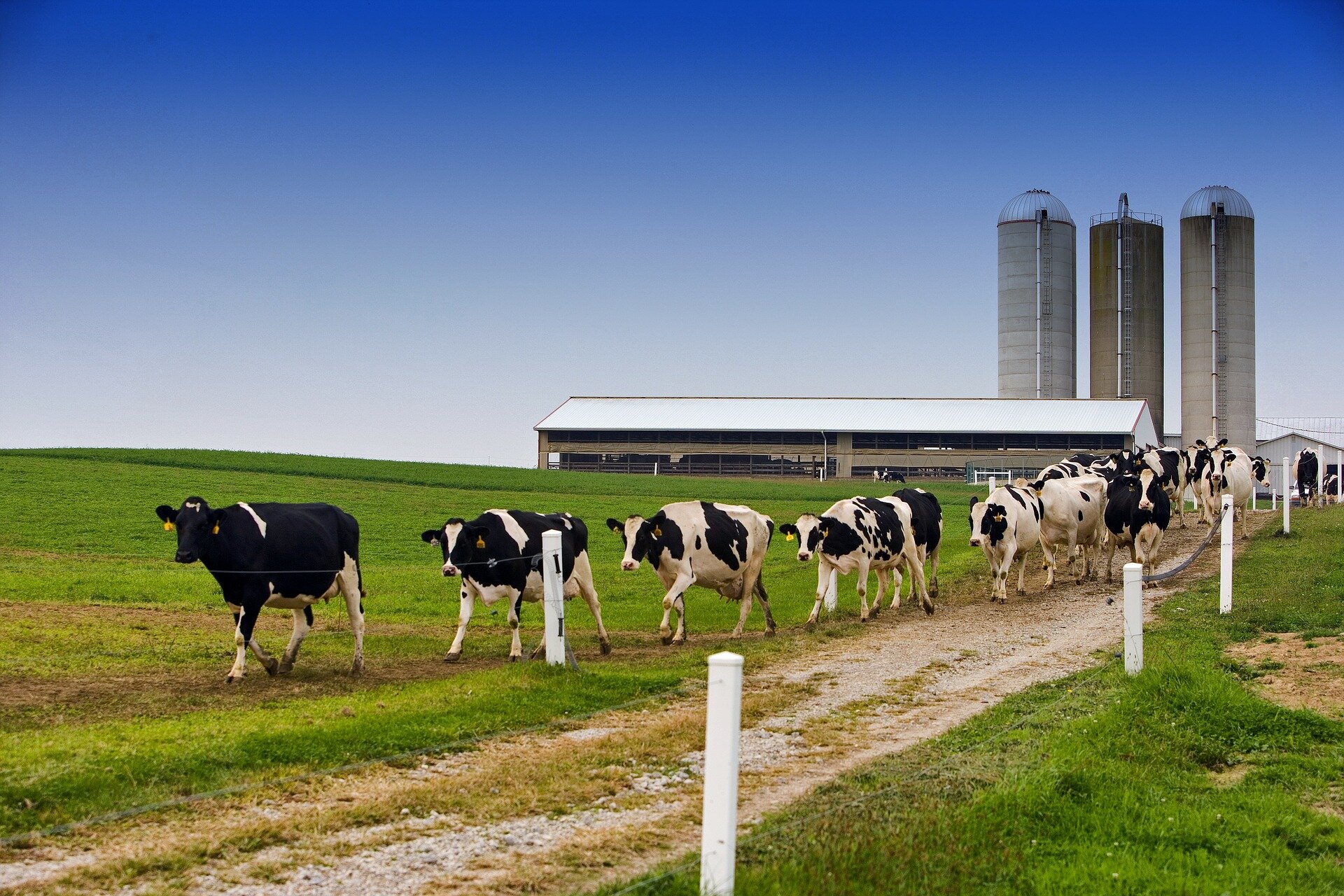How Do Feed Mills Work?
/Image by David Mark from Pixabay
Animal feed needs to be milled and mixed to ensure it provides the right nutritional value to the animals consuming it. Milling and mixing feed in the right quantities is key in animal farming and it usually encompasses three distinct processes. It is these processes that we will focus on below.
Receiving Feed
Whether a farmer has a mill on their farm or decides to outsource the milling, they need to provide corn and other grains that are of the highest quality. Remember that the quality of the inputs will determine the quality of the output. To ensure a high-quality crop, farmers can use professional bin cleaning services from Pneumat Systems. They will clean bins and silos to a high standard which in turn ensures the crop the famers bring to the mill is of a high enough quality.
Grinding
Grinding is the process of reducing the size of the grains and other inputs. At this stage, moisture is also removed through aeration, and additives such as antioxidants are blended to reduce spoilage. The grinding process will improve the acceptability of meals, pelletability, digestibility, and the density of some feeds.
There are different types of mills used in the grinding process including hammer mills, roller mills, attrition mills, and cutters. These grinding machines are often used with a sieve to ensure the final feed particles are of a certain size or smaller.
Mixing
Mixing is done to ensure that the proportion of the ingredients in the final feed is the same as is on the original formula. Mixing is done in such a way as to keep the proportions whether a handful of the feed is needed, or several pounds are required for feeding more than one animal.
Mixing can be done to either blend the constituents, meaning that they are mixed evenly, or to scatter where the number of constituents is not proportional. When mixing, farmers must be careful to ensure the particle sizes are very small or they risk segregation which is when the particles separate out of the mixture.
For mixing, there are horizontal, vertical, revolving drum, turbine, and other types of mixers.
Pelleting
Pelleting often involves turning soft and dusty feed into a pellet. This is done through compression, adhesion, and extrusion. The feed mixture can be passed through a chamber where a small amount of water is added. The water is important for lubrication during the pelleting process. Water can also cause the gelatinization of certain starches, turning them into an adhesive that holds the pellets together. The pellets are then heated, compressed, and extruded through holes in a die. The mixture is put on a conveyor and dried to 13% moisture.
The one downside of pelleting is that there is a chance of losing vitamins that do not react very well under the high temperatures the mixture is subjected to during the extrusion process.
Milling is not only about grinding feed to make a dusty feed mixture with small feed particles. It is also about ensuring the uniformity of ingredients in the mixture as well as the presentation of the feed in the form of pallets. All three of these processes usually go together, with pelleting being optional in some cases.






















